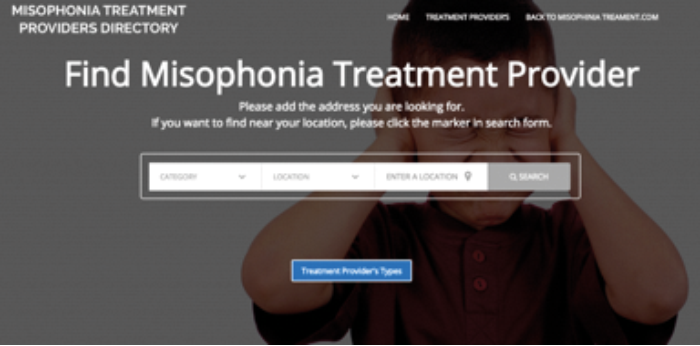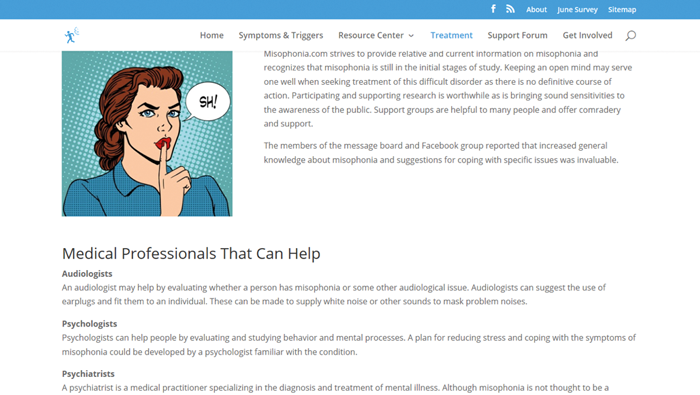Decreased sound tolerance is a common audiologic complaint. Unlike the classic characteristics of hyperacusis whereby a patient is sensitive to the frequency or volume of a sound, misophonia is a strong emotional and psychological reaction to a sound with a specific pattern or meaning.
These trigger sounds can range from noises produced by other people (i.e. lip smacking, chewing sounds, or pen clicking) to environmental noises (i.e. a distant engine or a cat purring). Misophonic reactions to a trigger sound can include feelings of extreme rage, anxiety, frustration and disgust.
First proposed in 2000, misophonia remains a complex and elusive phenomenon. It is currently not included in the DSM-5 but has attracted media attention and public awareness in recent years. Currently there is little consensus regarding the exact definition and nature of misophonia and little high-quality evidence for any treatments; patients should be made aware of this prior to being encouraged to do their own research in the area. With the growing awareness and curiosity around misophonia, I wanted to highlight some online resources that patients have access to:
www.misophonia.com
This website contains information on common symptoms and triggers and introduces visitors to treatment options such as cognitive behavioural therapy (CBT) and tinnitus retraining therapy (TRT). The website also contains downloadable resources which include educational brochures and explanation letter templates. The highlight of this website is the online support forum: a virtual environment where you can create a profile, connect with other people suffering with misophonia, read personal experiences and engage in discussions on current research. The website also connects visitors to a misophonia support group on Facebook that currently has over 15,000 followers.
“Misophonia is a strong emotional and psychological reaction to a sound with a specific pattern or meaning.”
www.misophoniainstitute.org
The Misophonia Institute is comprised of many researchers and professionals who are dedicated to understanding misophonia and improving the lives of those who suffer with it. The website features information on various forms of treatment and includes management protocols for families, audiologists and schools. It also contains links to published peer-reviewed articles. The website is linked to a treatment provider database that allows visitors to seek help depending on treatment preference as well as geographical location. Currently, the majority of treatment providers in this database are located in the US; however, some providers offer telemedical services to provide clinical care remotely.
“An online search might be the first point of contact for someone suffering with misophonia and websites like these help introduce and guide appropriate treatment.”
An online search might be the first point of contact for someone suffering with misophonia and websites like these help introduce and guide appropriate treatment. Online misophonia forums also have the potential to foster a sense of community and help members take management into their own hands. After all, patients wishing to cope with misophonia must learn adaptive behaviours that continue beyond the clinic.






